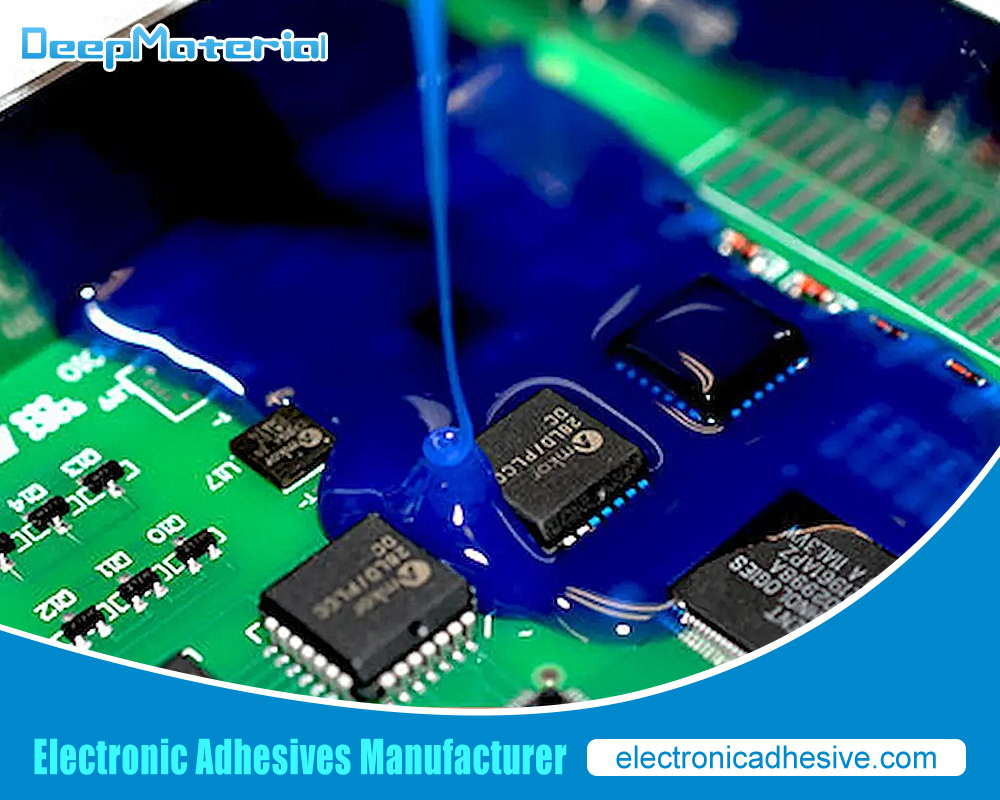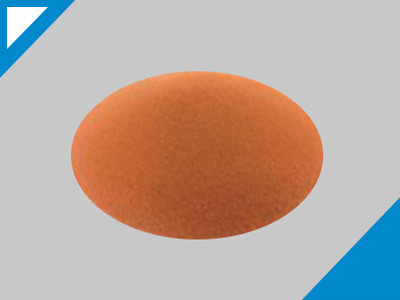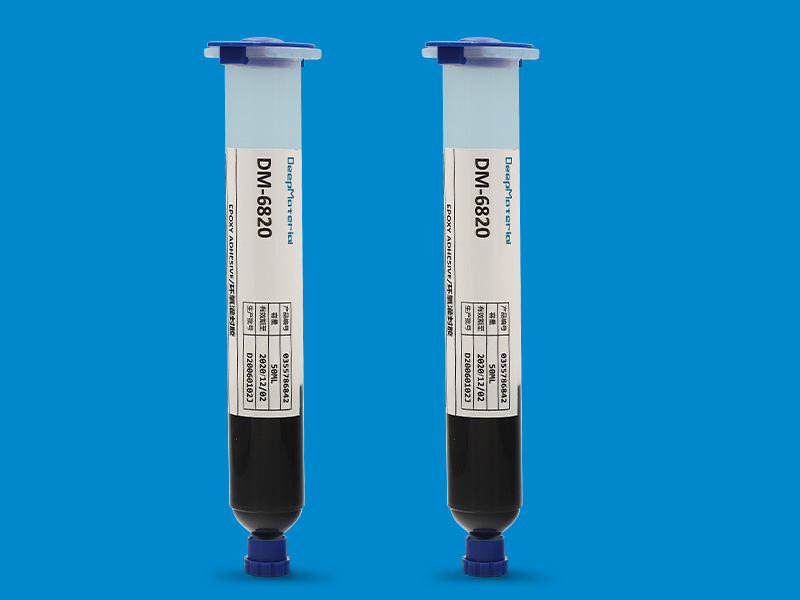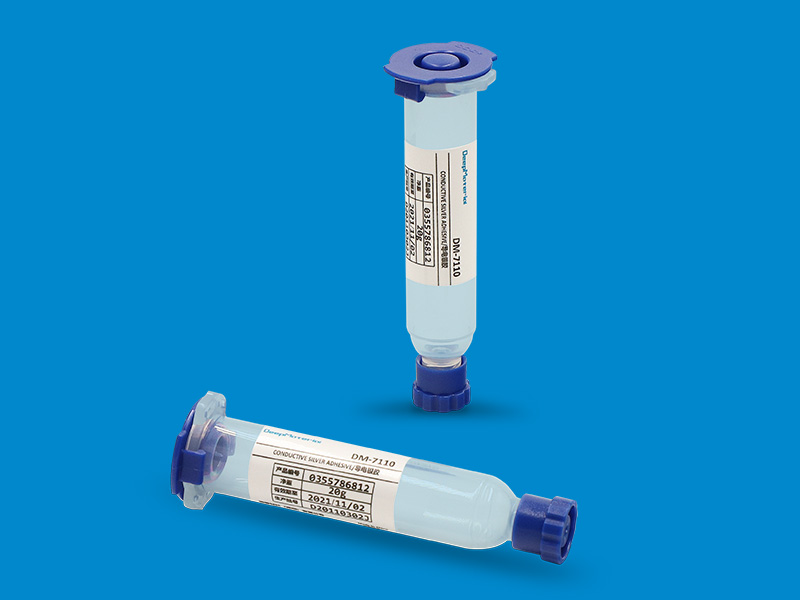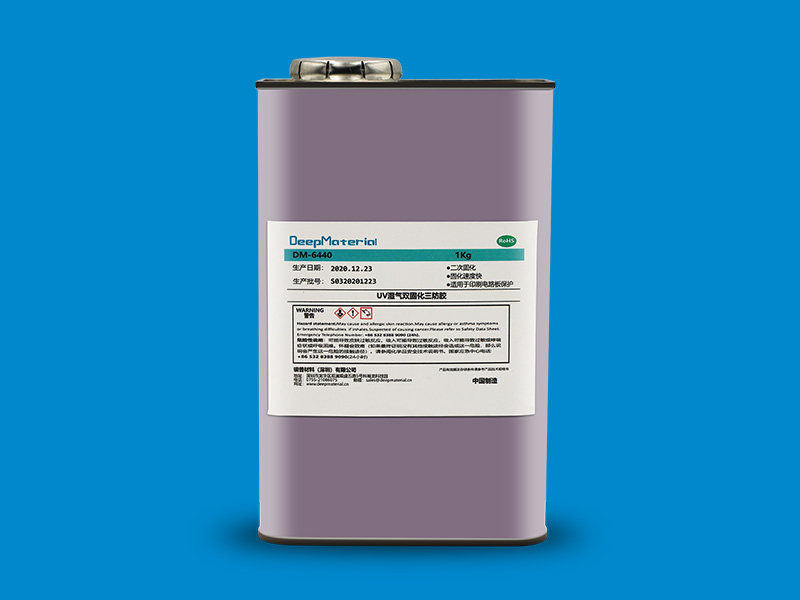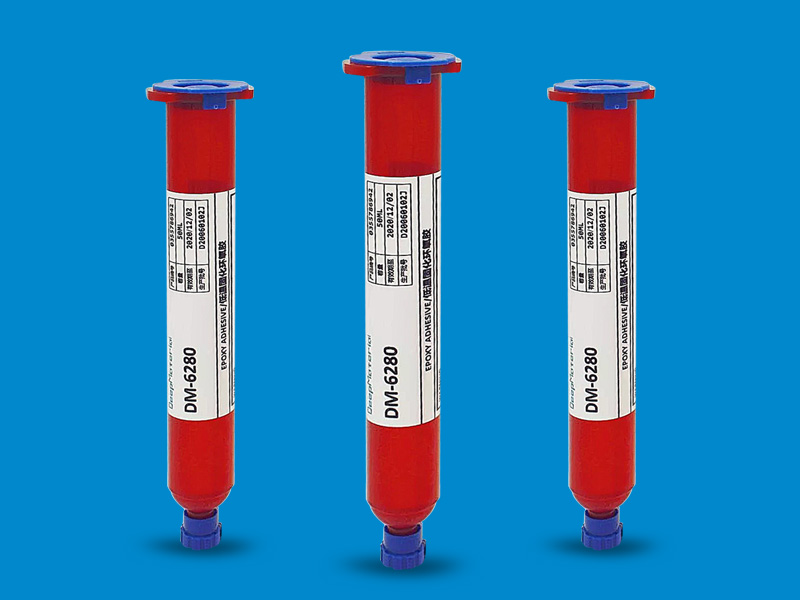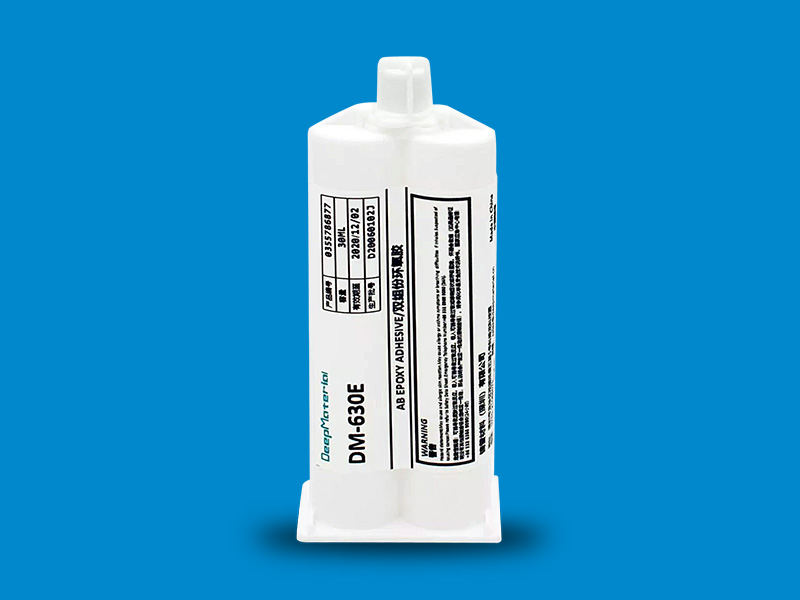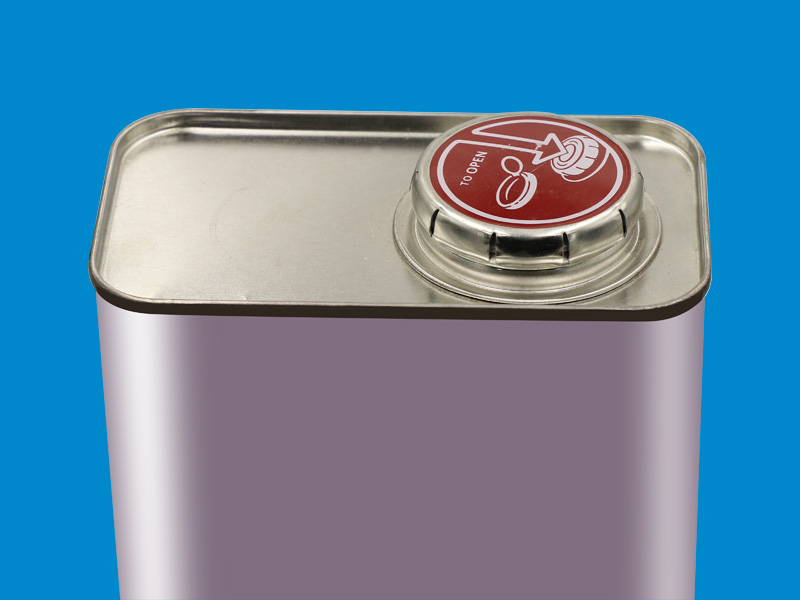How to Apply Polyurethane Potting Compound for Electronics: Tips and Tricks
Are you tired of your electronics getting damaged due to moisture, dust, or other environmental factors? Well, fear not my friend! Polyurethane potting compound is here to save the day. But wait, before you go all in and start applying it haphazardly, let me give you some tips and tricks on how to apply it like a pro. In this blog post, we’ll cover everything from the right tools to use, to the proper application techniques. Therefore, get ready to become a polyurethane potting compound master!
Understanding Polyurethane Potting Compound for Electronics
Polyurethane potting compound is a two-part system that consists of a resin and a hardener. When mixed together, they form a tough, durable material that can withstand harsh environmental conditions. Polyurethane potting compound has excellent adhesion properties, which makes it ideal for bonding to a wide range of substrates.
Polyurethane potting compound offers several benefits for electronics. It provides excellent protection against moisture, dust, and other environmental factors that can damage electronic components. It also enhances the mechanical strength of the device, making it more resistant to vibration and shock. Additionally, polyurethane potting compound provides electrical insulation, which is essential for preventing short circuits and other electrical issues.
When compared to other types of potting compounds such as epoxy and silicone, polyurethane potting compound offers several advantages. It has a lower viscosity, which makes it easier to mix and apply. It also has a longer working time, which allows for more precise application. Polyurethane potting compound is also more flexible than epoxy, which makes it ideal for applications where there is a lot of movement or vibration.
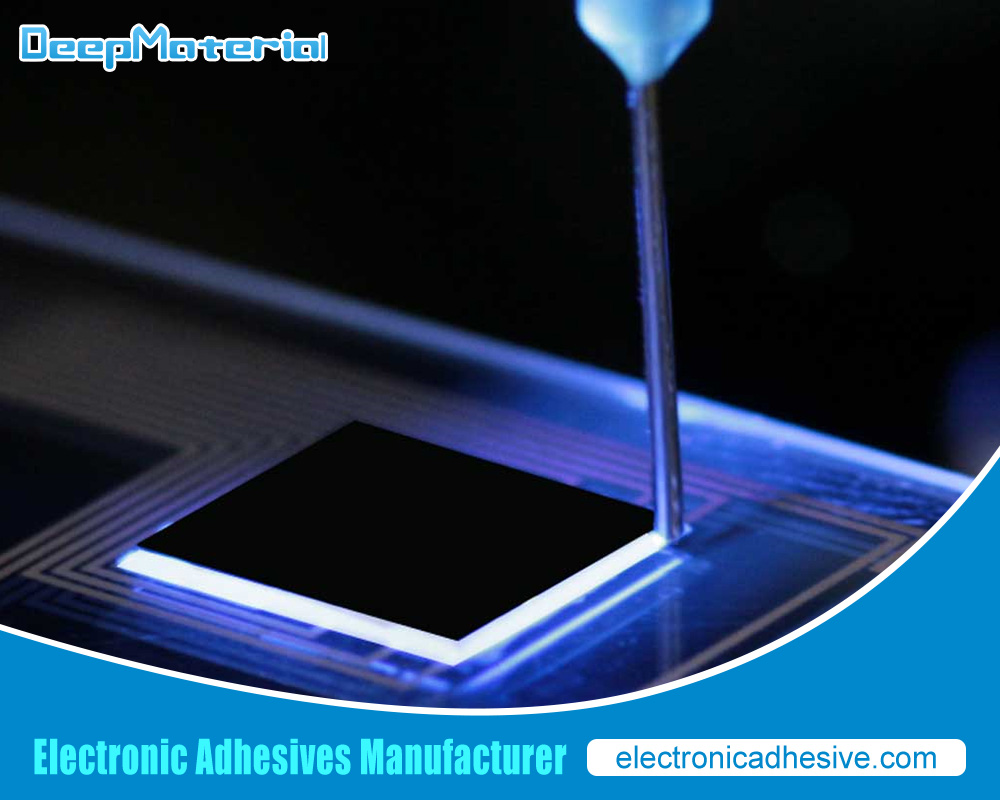
Preparing Your Electronics for Potting
Before applying polyurethane potting compound to your electronics, it is essential to prepare them properly. This involves cleaning and drying the electronics, applying a release agent, and securing any loose components.
Cleaning and drying the electronics is crucial to ensure that the potting compound adheres properly to the surface. Any dirt or debris on the surface can prevent the potting compound from bonding correctly. Applying a release agent to the surface can help prevent the potting compound from sticking to areas where it is not needed. Securing any loose components can prevent them from shifting during the potting process.
Choosing the Right Potting Compound for Your Electronics
This involves considering several factors such as the operating temperature range, chemical resistance, and flexibility requirements. There are several types of polyurethane potting compounds available, each with its unique properties.
Matching the potting compound to the application is crucial to ensure that it provides adequate protection and meets all requirements. For example, if the electronic device will be exposed to high temperatures or harsh chemicals, a high-temperature or chemical-resistant polyurethane potting compound may be required.
Mixing and Applying Polyurethane Potting Compound
This requires following specific instructions carefully. The two-part system must be mixed in the correct ratio and thoroughly blended before application.
Techniques for applying polyurethane potting compound include pouring or injecting it into the device’s cavity or coating it onto the surface using a brush or roller. Tools and equipment needed for potting include mixing cups, stir sticks, syringes or pumps for injection, and protective gear such as gloves and goggles.
Tips for Achieving a Smooth and Even Potting Surface
Achieving a smooth and even potting surface is essential to ensure that there are no air pockets or voids in the material that could compromise its effectiveness. Common issues with uneven potting include cracking or delamination of the material.
Techniques for achieving a smooth surface include using a degassing chamber to remove any air bubbles from the mixture before application and applying multiple thin layers instead of one thick layer. Proper curing and drying are also crucial to achieving a smooth surface.
Avoiding Common Mistakes When Applying Potting Compound
Common mistakes when applying potting compound include mixing the two-part system incorrectly, applying too much or too little material, or not allowing enough time for curing and drying.
Tips for troubleshooting issues during potting include identifying any areas where air pockets or voids may have formed and using a heat gun or other tool to remove them before curing. Following instructions carefully can help avoid common mistakes when applying potting compound.
Curing and Drying Polyurethane Potting Compound
Curing and drying polyurethane potting compound involves allowing it to harden over time until it reaches its full strength and durability. The curing time can vary depending on several factors such as temperature, humidity, and thickness of the material.
Tips for ensuring proper curing and drying include allowing enough time for each layer to cure before applying additional layers or handling the device. It is also essential to monitor environmental conditions such as temperature and humidity during curing.
Post-Potting Inspection and Testing
Inspecting and testing potted electronics is crucial to ensure that they meet all requirements and are functioning correctly. Techniques for inspecting and testing include visual inspection of the surface for any cracks or voids in the material and electrical testing to ensure that there are no short circuits or other issues.
Common issues to look for during post-potting inspection include incomplete coverage of all components or areas where air pockets may have formed during curing.
Best Practices for Storing and Handling Potting Compound
Proper storage techniques for potting compound involve storing it in a cool, dry place away from direct sunlight or heat sources. Safety precautions when handling potting compound include wearing protective gear such as gloves and goggles when mixing or applying it.
The shelf life of potting compound can vary depending on several factors such as storage conditions and exposure to air or moisture.
Troubleshooting Common Potting Compound Issues
Common issues that can arise with potting compound include cracking or delamination of the material, incomplete coverage of all components, or air pockets forming during curing.
Techniques for troubleshooting these issues involve identifying any areas where air pockets may have formed during curing and using a heat gun or other tool to remove them before curing fully.
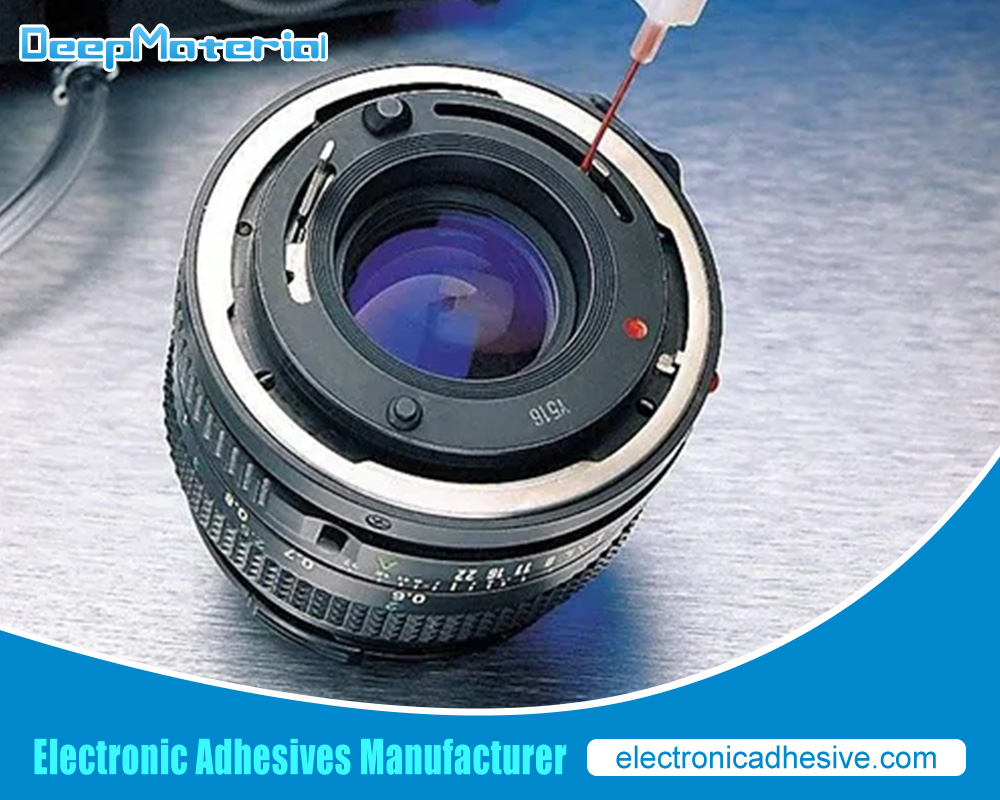
Conclusion
Polyurethane potting compound is an essential component in protecting electronic devices from environmental factors such as moisture, dust, and vibration while providing electrical insulation and enhancing mechanical strength. Proper preparation of electronics before application is crucial to ensure that the material adheres correctly.
For more about choosing the Polyurethane Potting Compound for Electronics, you can pay a visit to DeepMaterial at https://www.electronicadhesive.com/polyurethane-adhesive/ for more info.


